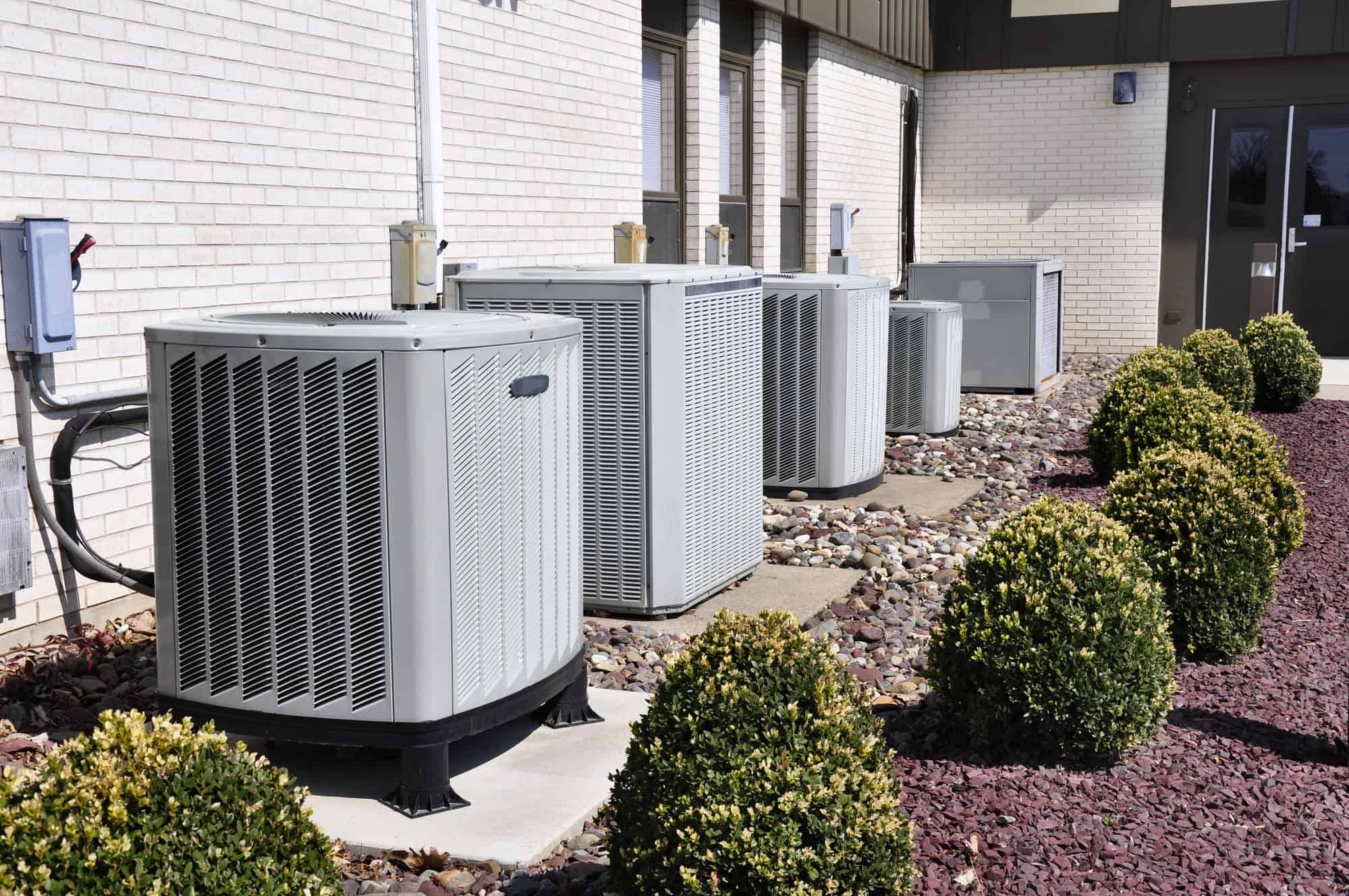

Articles
What Is The HVAC Unit Outside Called
Modified: December 7, 2023
Learn what the HVAC unit outside is called and discover more articles about this essential component of your heating and cooling system.
(Many of the links in this article redirect to a specific reviewed product. Your purchase of these products through affiliate links helps to generate commission for Storables.com, at no extra cost. Learn more)
Introduction
Welcome to the world of HVAC systems! As you delve into the intricacies of heating, ventilation, and air conditioning, you might come across various terms and components that might leave you feeling a bit overwhelmed. One common question that often arises is: What is the HVAC unit outside called?
In this article, we will explore the answer to this question and dive deeper into the world of outdoor HVAC units. We will take a closer look at their purpose, features, and maintenance requirements. By the end, you will have a better understanding of this crucial component of HVAC systems.
Before we discuss the outdoor HVAC unit, let’s take a moment to understand the overall functioning of an HVAC system.
Key Takeaways:
- The outdoor HVAC unit, also known as the condensing unit, is a critical component responsible for heat exchange, heat dissipation, and efficient cooling or heating of indoor spaces. Regular maintenance is essential for optimal performance and longevity.
- Understanding the features, functions, and maintenance requirements of the outdoor HVAC unit is crucial for maintaining system performance and ensuring long-term reliability. Different types of outdoor units offer unique advantages, allowing you to choose the best fit for your needs and circumstances.
Read more: What Is Outside AC Unit Called
Understanding HVAC Systems
HVAC stands for Heating, Ventilation, and Air Conditioning. An HVAC system is designed to provide thermal comfort and improve indoor air quality in residential, commercial, and industrial settings. It regulates the temperature, humidity, and airflow within a space to create a comfortable environment for the occupants.
An HVAC system is composed of various components, each playing a crucial role in its functioning. These components work together to heat, cool, and circulate air throughout a building. The main components of an HVAC system include the thermostat, indoor unit, outdoor unit, ductwork, and vents.
The thermostat acts as the control center of the HVAC system, allowing users to set and regulate the desired temperature. The indoor unit, commonly known as the air handler, is responsible for conditioning the air by cooling or heating it before distributing it throughout the space. It contains the evaporator coil, blower fan, and air filter.
On the other hand, the outdoor unit, which we will focus on in this article, plays a key role in the heat exchange process. It houses the components responsible for cooling down or heating up the refrigerant, such as the compressor, condenser coil, and fan. The outdoor unit works in conjunction with the indoor unit to maintain a comfortable indoor environment.
Now that we have a basic understanding of HVAC systems, let’s explore the specific component that we are interested in – the outdoor HVAC unit.
Components of an HVAC System
An HVAC system is a complex network of components that work together to provide heating, ventilation, and air conditioning. Understanding the different components of an HVAC system is essential for comprehending the role and importance of the outdoor unit.
1. Thermostat: The thermostat serves as the control center of the HVAC system. It allows users to set the desired temperature and regulates the operation of the system accordingly.
2. Indoor Unit: Also known as the air handler, the indoor unit contains the evaporator coil, blower fan, and air filter. It is responsible for conditioning the air by cooling or heating it before distributing it throughout the space.
3. Outdoor Unit: The outdoor unit, also called the condensing unit, houses the components that are crucial for the heat exchange process. It includes the compressor, condenser coil, and fan, among other parts.
4. Ductwork: Ductwork refers to the network of ducts that distribute the conditioned air from the indoor unit to various rooms in a building. It ensures proper airflow and maintains consistent temperatures throughout the space.
5. Vents: Vents, or registers, are openings in the walls, floors, or ceilings that allow air to enter or exit a room. They can be adjusted to control the airflow and direct it where needed.
Each component of an HVAC system plays a crucial role in the overall functioning and efficiency of the system. While all components are important, the outdoor unit holds a significant position due to its specific functions related to the heat exchange process.
The Outdoor HVAC Unit
Now, let’s delve deeper into the outdoor HVAC unit. This essential component of an HVAC system is responsible for a vital aspect of the overall cooling or heating process.
The outdoor unit, also known as the condensing unit, is typically located outside the building. It houses the components that facilitate the heat exchange process to cool or heat the refrigerant. The primary purpose of the outdoor unit is to expel heat from the system to the outside environment.
The outdoor HVAC unit is designed to withstand various weather conditions, such as rain, snow, and extreme temperatures. It is typically made of durable materials and equipped with protective features to ensure its longevity and performance.
This component of an HVAC system consists of several key elements, including:
- Compressor: The compressor, often referred to as the heart of the HVAC system, is responsible for pumping refrigerant throughout the system. It compresses the refrigerant, increasing its temperature and pressure.
- Condenser Coil: The condenser coil is a heat exchanger that facilitates the transfer of heat from the refrigerant to the surrounding air. It is designed with fins or coils to maximize the surface area for efficient heat transfer.
- Fan: The fan in the outdoor unit helps to draw air through the condenser coil, aiding in the dissipation of heat. It works in conjunction with the condenser coil to release the captured heat from the refrigerant into the environment.
- Refrigerant Lines: The outdoor unit is connected to the indoor unit through refrigerant lines. These lines transport the refrigerant between the two units, facilitating the heat exchange process.
The outdoor HVAC unit also includes various electrical components, such as capacitors, contactors, and control boards, that ensure the proper functioning of the unit.
Overall, the outdoor HVAC unit plays a critical role in the heat exchange process of an HVAC system. It expels heat from the system and allows for efficient cooling or heating of the indoor space.
Purpose of the Outdoor HVAC Unit
The outdoor HVAC unit serves a crucial purpose in the overall functioning of an HVAC system. Its primary role is to facilitate the heat exchange process, which is essential for effectively cooling or heating the indoor space.
Here are some key purposes of the outdoor HVAC unit:
- Heat Dissipation: One of the primary purposes of the outdoor unit is to remove heat from the refrigerant. As the compressed and heated refrigerant enters the outdoor unit, it undergoes a process known as condensation. The condenser coil releases the captured heat from the refrigerant into the surrounding air, allowing it to cool down.
- Reversibility: In addition to cooling, the outdoor unit also plays a role in the heating process. HVAC systems equipped with a heat pump feature can reverse the flow of the refrigerant. In this mode, the outdoor unit acts as a heat source, extracting heat from the outdoor air and transferring it inside to warm up the indoor space.
- Efficiency and Energy Savings: Proper heat dissipation in the outdoor unit is crucial for maintaining the efficiency of the HVAC system. A well-functioning outdoor unit ensures that the heat exchange process occurs smoothly, allowing the system to cool or heat the space more efficiently. This, in turn, leads to energy savings and lower utility costs.
- Cooling and Dehumidification: In warm climates or during the summer months, the outdoor unit plays a vital role in cooling and dehumidifying the indoor space. By removing heat and condensing moisture from the air, the outdoor unit helps in maintaining a comfortable and suitable environment indoors.
The outdoor HVAC unit is designed to handle the heat exchange process efficiently while withstanding various weather conditions. It ensures that the HVAC system functions optimally, providing the desired temperature and comfort to the occupants.
Without the outdoor unit, the HVAC system would lack the ability to effectively remove heat or provide heating, compromising the comfort and performance of the system. Therefore, the outdoor unit is an indispensable component of an HVAC system.
The HVAC unit located outside is called the condenser unit. It is responsible for releasing heat from the refrigerant and cooling it down before it is sent back inside to absorb more heat. Regular maintenance of the condenser unit is important for the overall efficiency of the HVAC system.
Features and Functions of the Outdoor HVAC Unit
The outdoor HVAC unit is a technologically advanced component that comes with several features and functions designed to ensure efficient operation and optimal performance. Let’s explore some of the key features and functions of this essential part of an HVAC system.
1. Compressor Technology: The outdoor unit is equipped with a compressor that utilizes advanced technology to compress the refrigerant and increase its temperature and pressure. Some outdoor units feature scroll compressors, which are known for their energy efficiency and quieter operation.
2. Condenser Coil Design: The condenser coil in the outdoor unit is designed to maximize heat transfer. It comprises a network of tubes and fins that increase the surface area for efficient dissipation of heat. Enhanced coil designs, such as microchannel coils, offer improved heat transfer capabilities and compactness.
3. Fan Speed Control: Many outdoor units are equipped with fan speed control features. This allows the fan to operate at different speeds depending on the cooling or heating requirements. Variable-speed fans not only contribute to energy efficiency but also help in reducing noise levels.
4. Defrost Function: In regions with cold climates, outdoor units have a defrost function to remove ice buildup on the coil. This prevents performance loss and ensures uninterrupted operation during colder temperatures.
5. Weather-resistant Construction: Outdoor units are designed to withstand various weather conditions, including rain, snow, and extreme temperatures. They are constructed with durable materials and have features like weatherproof covers and corrosion-resistant coatings to ensure longevity and reliability.
6. Diagnostic and Control Features: Modern outdoor units come with built-in diagnostics and control features that allow for easy troubleshooting and maintenance. These features help HVAC technicians identify issues and ensure timely repairs, minimizing downtime and optimizing system performance.
7. Energy Efficiency: Energy efficiency is a crucial aspect of outdoor units. Many models are designed to meet or exceed industry standards for energy efficiency, resulting in reduced energy consumption and lower utility bills.
8. Noise Reduction: Outdoor units are engineered to mitigate noise levels during operation. The use of advanced technologies, such as noise-reducing fan blades and compressor blankets, helps minimize noise disturbances for both the occupants and the surrounding environment.
The outdoor HVAC unit combines these features and functions to provide efficient and reliable cooling or heating. It plays a vital role in maintaining comfort while offering advanced technologies to enhance energy savings and system performance.
Common Types of Outdoor HVAC Units
The outdoor HVAC unit comes in various types, each with its own set of characteristics and advantages. Understanding the different types of outdoor units can help you choose the right one for your specific needs and preferences. Let’s explore some of the common types of outdoor HVAC units:
1. Split System: The split system is the most common type of outdoor HVAC unit. It consists of two main components: the outdoor condensing unit and the indoor air handler or furnace. The two units are connected through refrigerant lines. Split systems offer flexibility in installation and can be paired with different indoor units, such as central air conditioners or heat pumps.
2. Packaged Unit: A packaged unit houses both the cooling and heating components in a single cabinet. Unlike split systems, packaged units are self-contained, meaning they are installed either on the roof or next to the building. The advantage of a packaged unit is that it saves space indoors and is often used in commercial buildings or residential applications where space is limited.
3. Heat Pump: A heat pump is a versatile outdoor HVAC unit that provides both cooling and heating capability. It operates by extracting heat from the outdoor air during winter to heat the indoor space and reverses the process during summer to cool the indoors. Heat pumps are a popular choice for energy-efficient heating and cooling.
4. Air Conditioner: An air conditioner is specifically designed for cooling purposes. It removes heat from the indoor air and releases it outdoors. Air conditioners come in various sizes and types, including central air conditioners, ductless mini-split systems, and window units. They are commonly used in both residential and commercial buildings.
5. Rooftop Unit: Rooftop units are commonly found in commercial or industrial buildings. They are self-contained units that are installed on the roof of the building. These units include all the necessary components, such as the compressor, condenser coils, and fans. Rooftop units are known for their space-saving design and ease of maintenance.
6. Geothermal Heat Pump: Geothermal heat pumps utilize the earth’s natural heat as a source of energy. These units transfer heat between the building and the ground through a series of pipes buried underground. Geothermal heat pumps are known for their high efficiency and can provide both heating and cooling.
Each type of outdoor HVAC unit has its own benefits and considerations. Factors such as climate, space availability, energy efficiency, and budget constraints should be taken into account when selecting the most suitable outdoor unit for your HVAC system.
Maintenance and Care for the Outdoor HVAC Unit
Proper maintenance and care are essential for ensuring the performance, longevity, and energy efficiency of the outdoor HVAC unit. By following a regular maintenance routine, you can prevent potential issues, optimize system performance, and extend the lifespan of the unit. Here are some maintenance tips for the outdoor HVAC unit:
- Keep the Area Clear: Ensure that the area around the outdoor unit is clear of any debris, vegetation, or obstructions. Trim foliage and remove leaves, grass clippings, and other debris that can accumulate around the unit. This allows for proper airflow and prevents interference with the unit’s components.
- Clean the Condenser Coils: Over time, dirt, dust, and debris can accumulate on the condenser coils, hindering heat exchange. Regularly clean the coils using a garden hose or soft brush to remove any buildup. Be gentle to avoid damaging the delicate fins of the coil.
- Check and Clean the Fan: Inspect the fan blades for any signs of damage or excessive dirt buildup. Clean the fan blades carefully using a soft brush or cloth. Ensure that the fan spins freely without any obstructions.
- Inspect and Clean the Surrounding Area: Regularly check for signs of leaves, grass, or other debris that may accumulate in the vicinity of the unit. Make sure the area remains clean to prevent clogs and maintain optimal airflow.
- Check for Refrigerant Leaks: Inspect the refrigerant lines and connections for any signs of leakage. If you notice any refrigerant leaks, it is crucial to contact a professional HVAC technician to address the issue promptly and recharge the system if necessary.
- Inspect Electrical Connections: Regularly inspect the electrical connections of the outdoor unit for any signs of wear, loose connections, or damage. Ensure that all electrical components are secure and functioning properly. However, leave any electrical repairs to a qualified HVAC technician.
- Schedule Professional Maintenance: It is recommended to schedule annual professional maintenance for your HVAC system, including the outdoor unit. A qualified technician can inspect, clean, and tune up the unit, ensuring optimum performance and identifying any potential issues before they escalate.
Remember to turn off the power before performing any maintenance on the unit. Also, consult your HVAC system’s manual for specific maintenance guidelines provided by the manufacturer.
By following these maintenance practices, you can keep your outdoor HVAC unit in top condition, enhance energy efficiency, and prolong its lifespan. Regular maintenance not only saves you money on repairs but also ensures your HVAC system operates efficiently, providing you with optimal comfort throughout the year.
Conclusion
The outdoor HVAC unit, also known as the condensing unit, plays a vital role in the overall functioning of an HVAC system. It is responsible for heat exchange, heat dissipation, and facilitating efficient cooling or heating of the indoor space. Understanding the features, functions, and maintenance requirements of the outdoor unit is crucial for maintaining system performance and ensuring long-term reliability.
We explored various types of outdoor HVAC units, including split systems, packaged units, heat pumps, air conditioners, rooftop units, and geothermal heat pumps. Each type has its unique advantages and considerations, allowing you to choose the one that best suits your needs and circumstances.
To keep your outdoor HVAC unit in optimal condition, regular maintenance is essential. Clearing the area around the unit, cleaning the condenser coils and fan, inspecting electrical connections, and scheduling professional maintenance are key steps to ensure its longevity, energy efficiency, and proper functioning.
By taking proper care of the outdoor HVAC unit, you can enjoy a comfortable indoor environment, lower energy bills, and increased system efficiency. Remember, a well-maintained outdoor unit not only contributes to a well-functioning HVAC system but also brings peace of mind.
As you continue your journey in understanding HVAC systems, remember that the outdoor HVAC unit is just one component of the complex network that keeps your indoor environment comfortable. By expanding your knowledge and staying proactive in maintaining your HVAC system, you can ensure the longevity and efficiency of your entire system.
So, the next time you wonder what the HVAC unit outside is called, you’ll know that it is the outdoor HVAC unit, a crucial component that works tirelessly to keep your indoor space comfortable regardless of the weather conditions outside.
Frequently Asked Questions about What Is The HVAC Unit Outside Called
Was this page helpful?
At Storables.com, we guarantee accurate and reliable information. Our content, validated by Expert Board Contributors, is crafted following stringent Editorial Policies. We're committed to providing you with well-researched, expert-backed insights for all your informational needs.
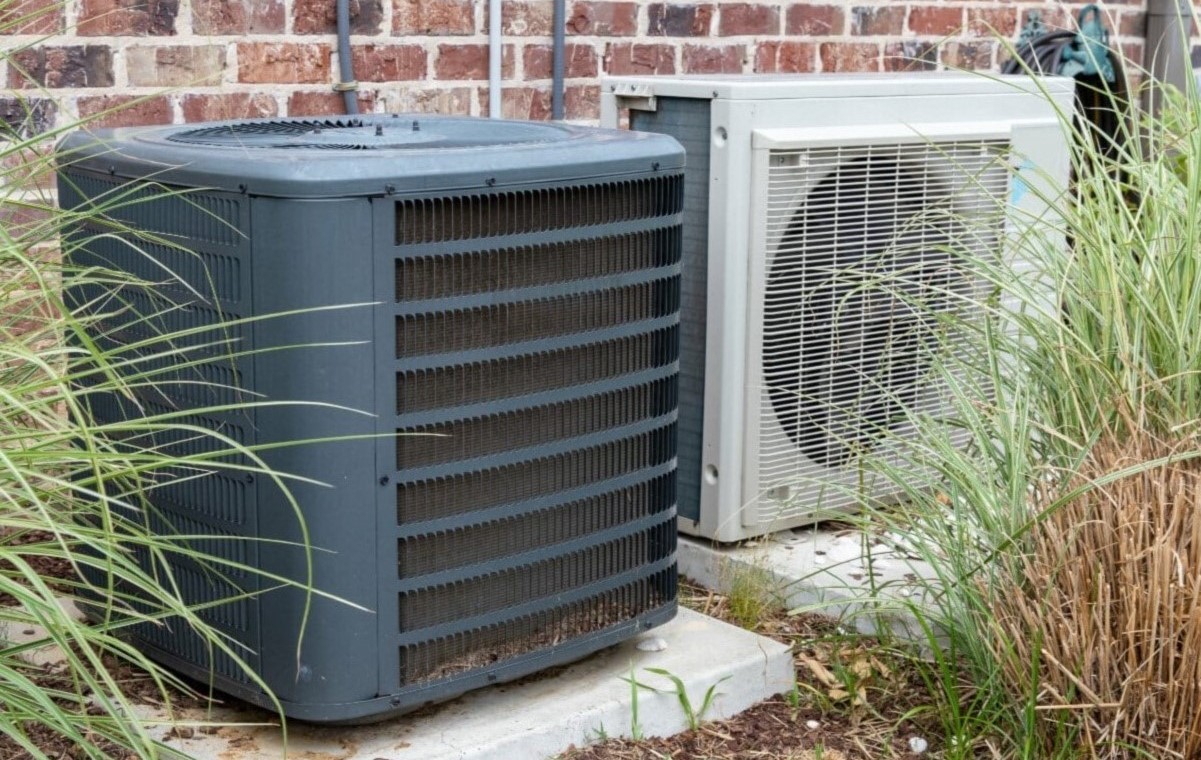
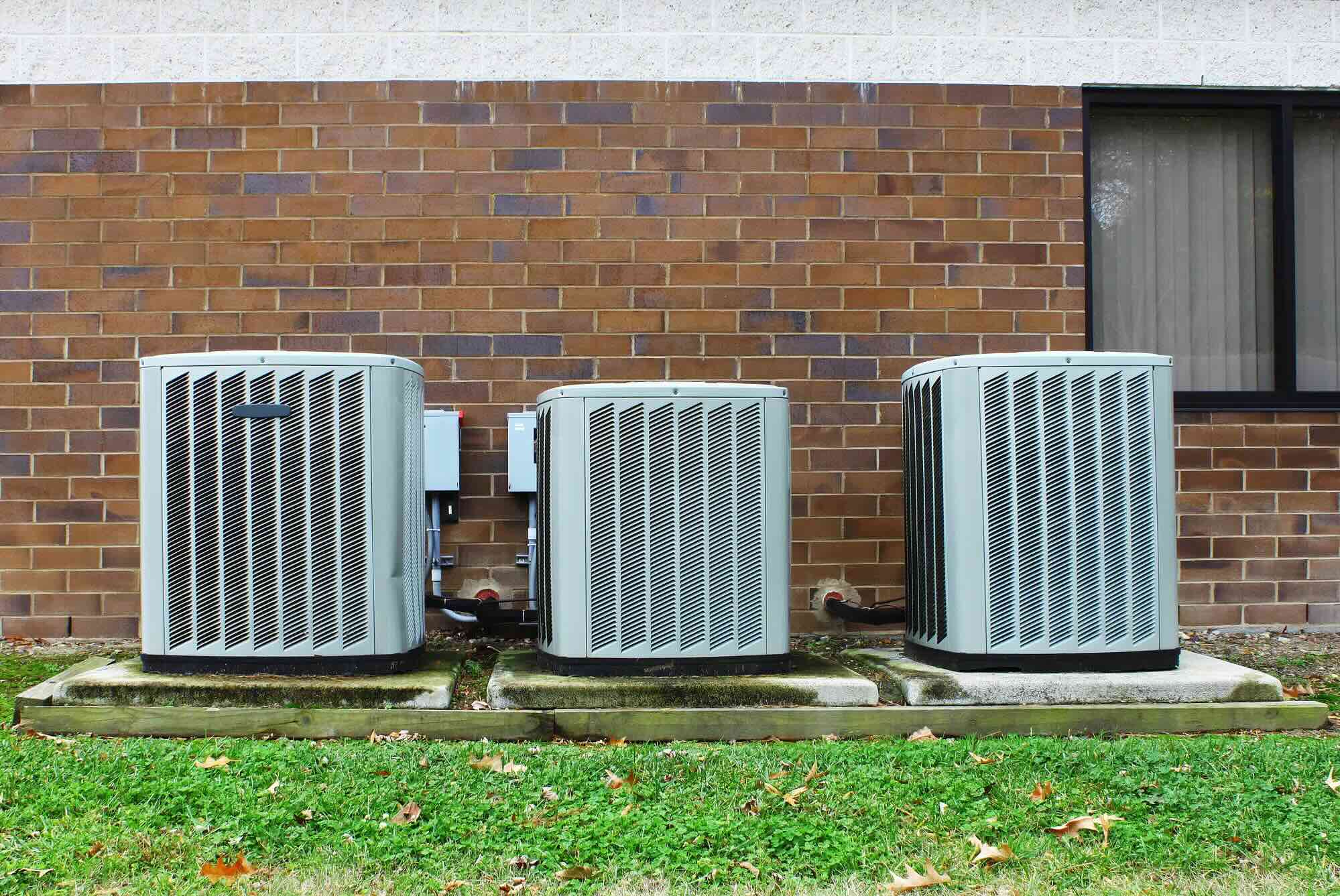
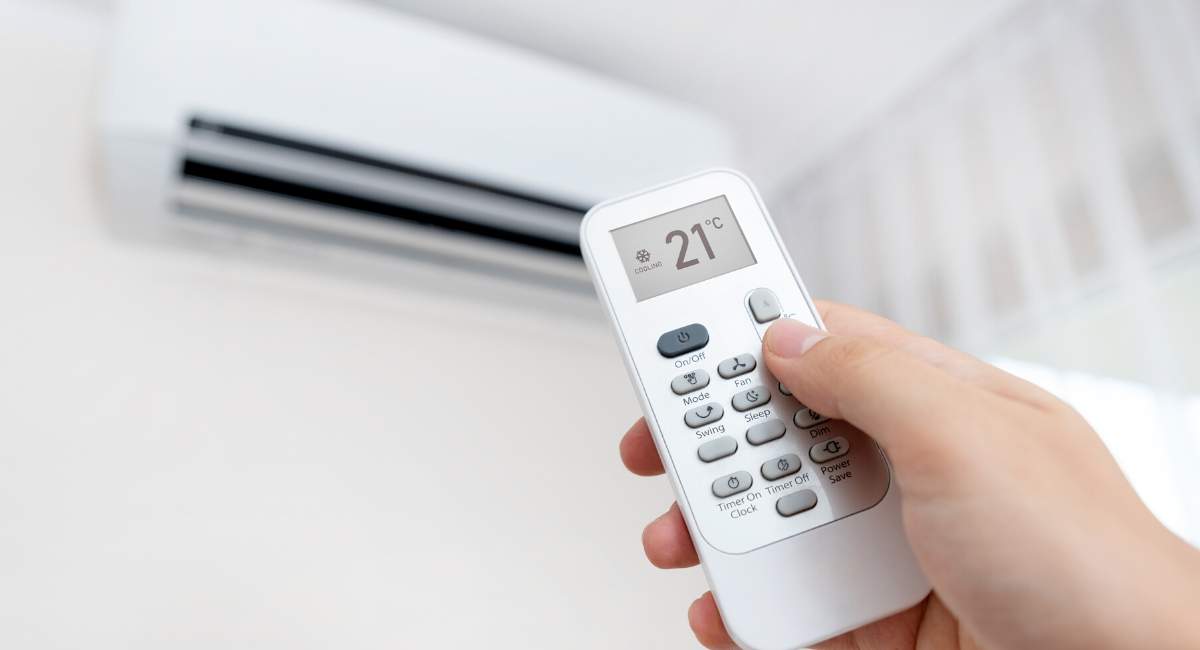
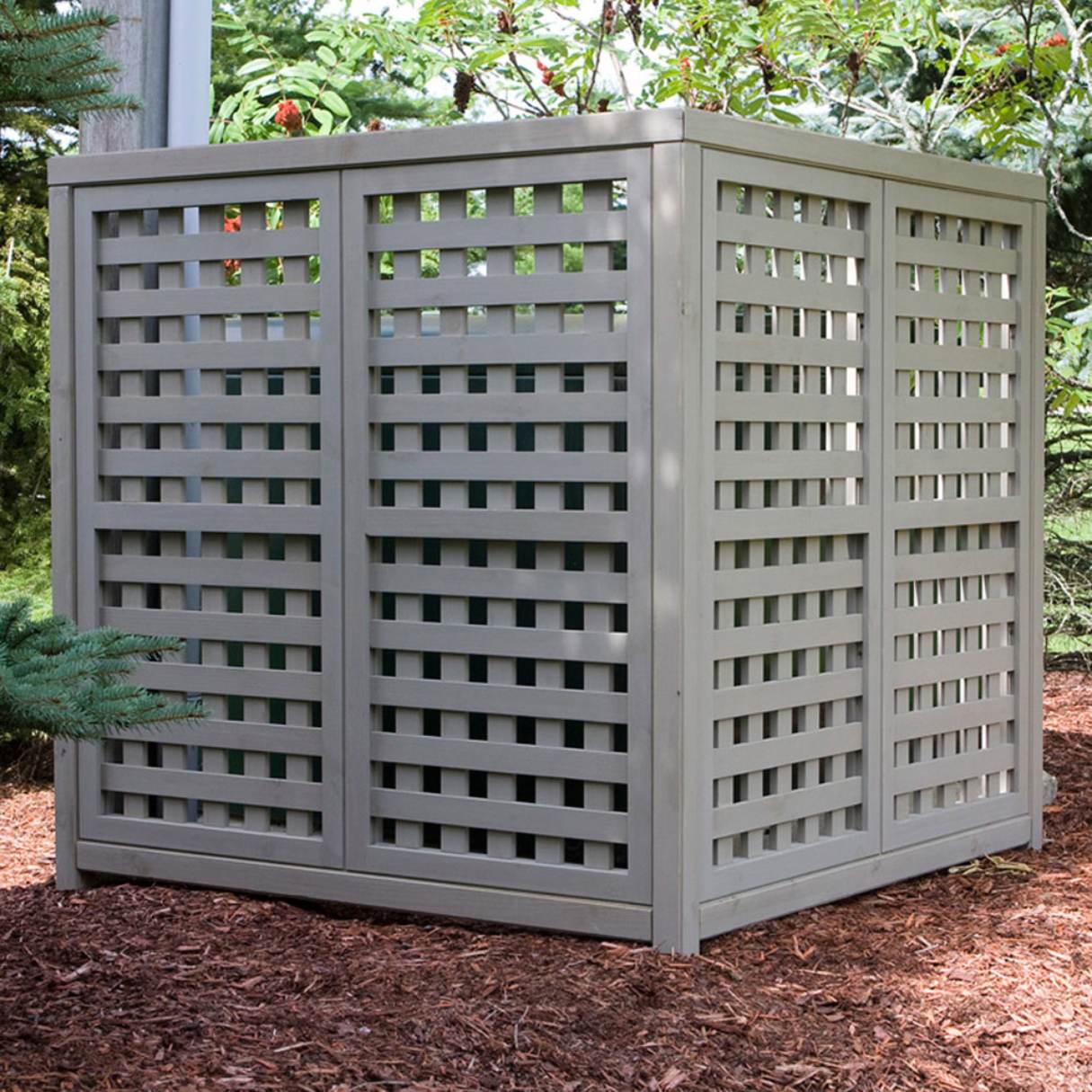
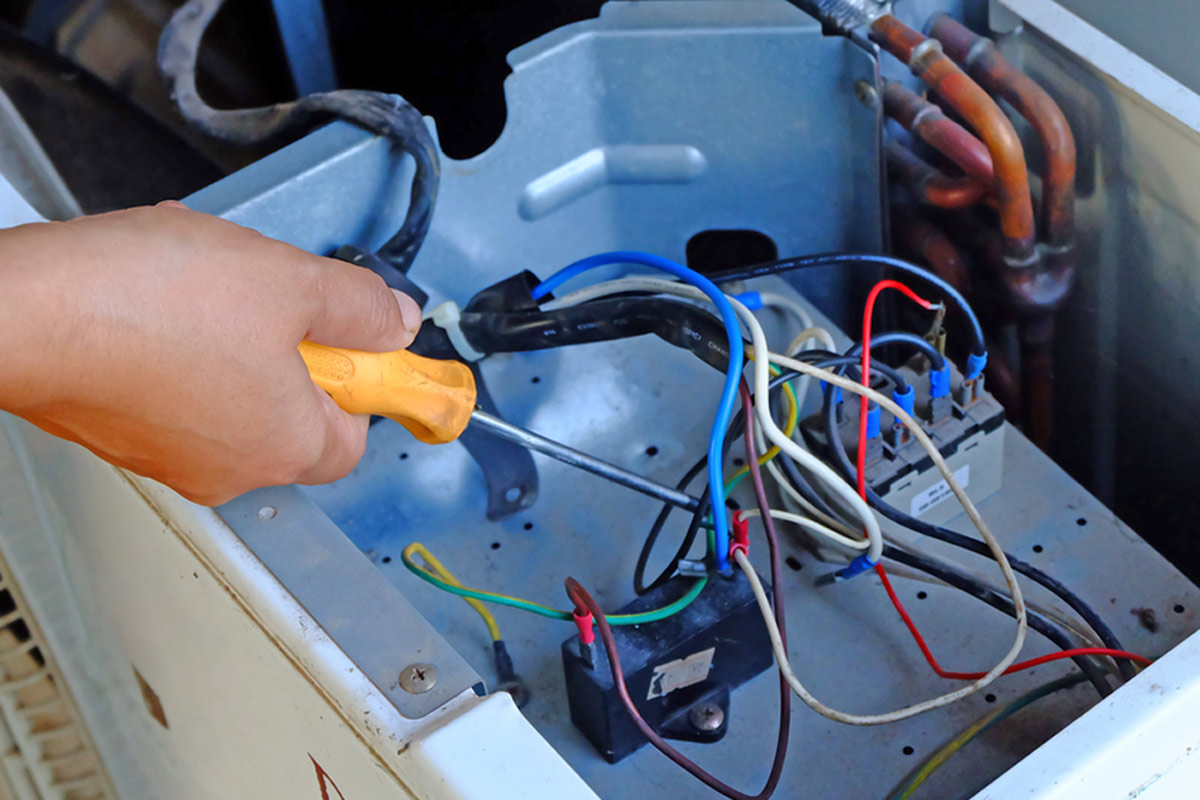
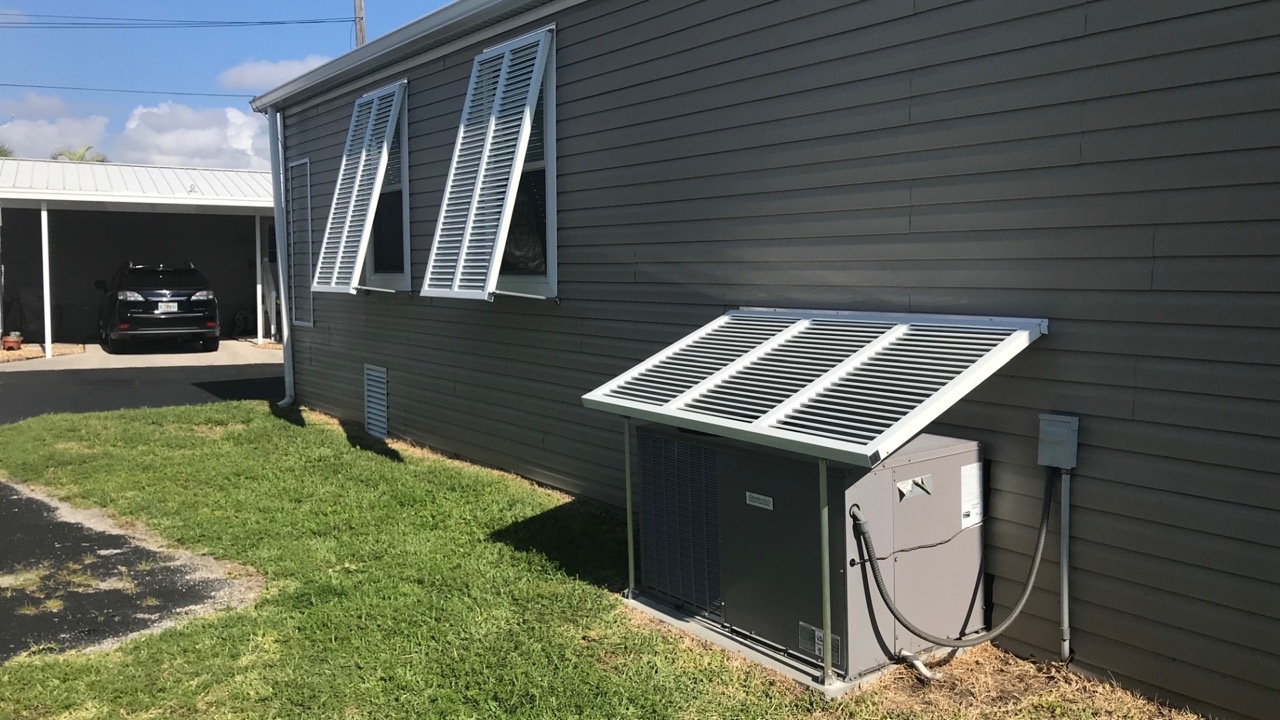
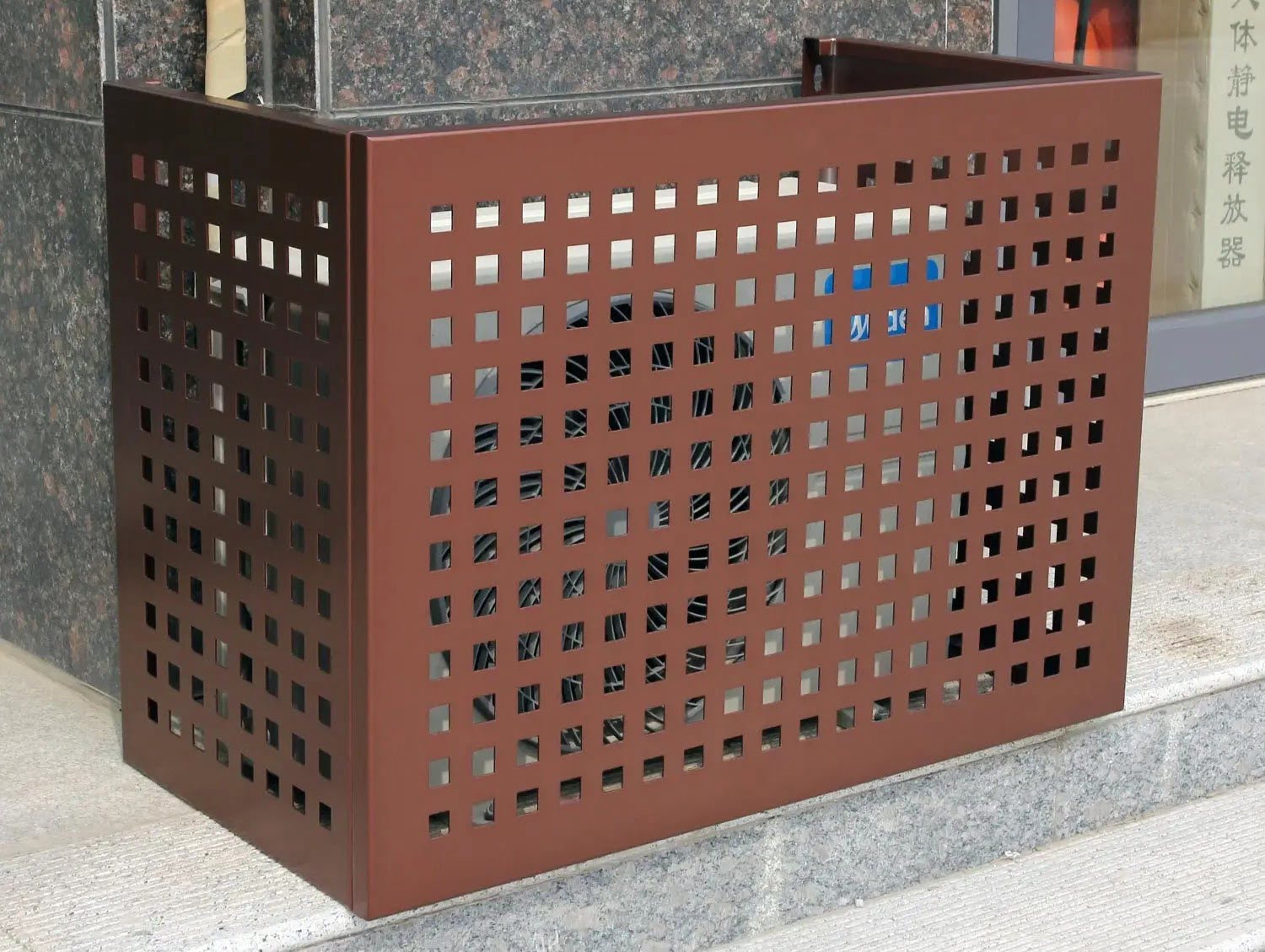
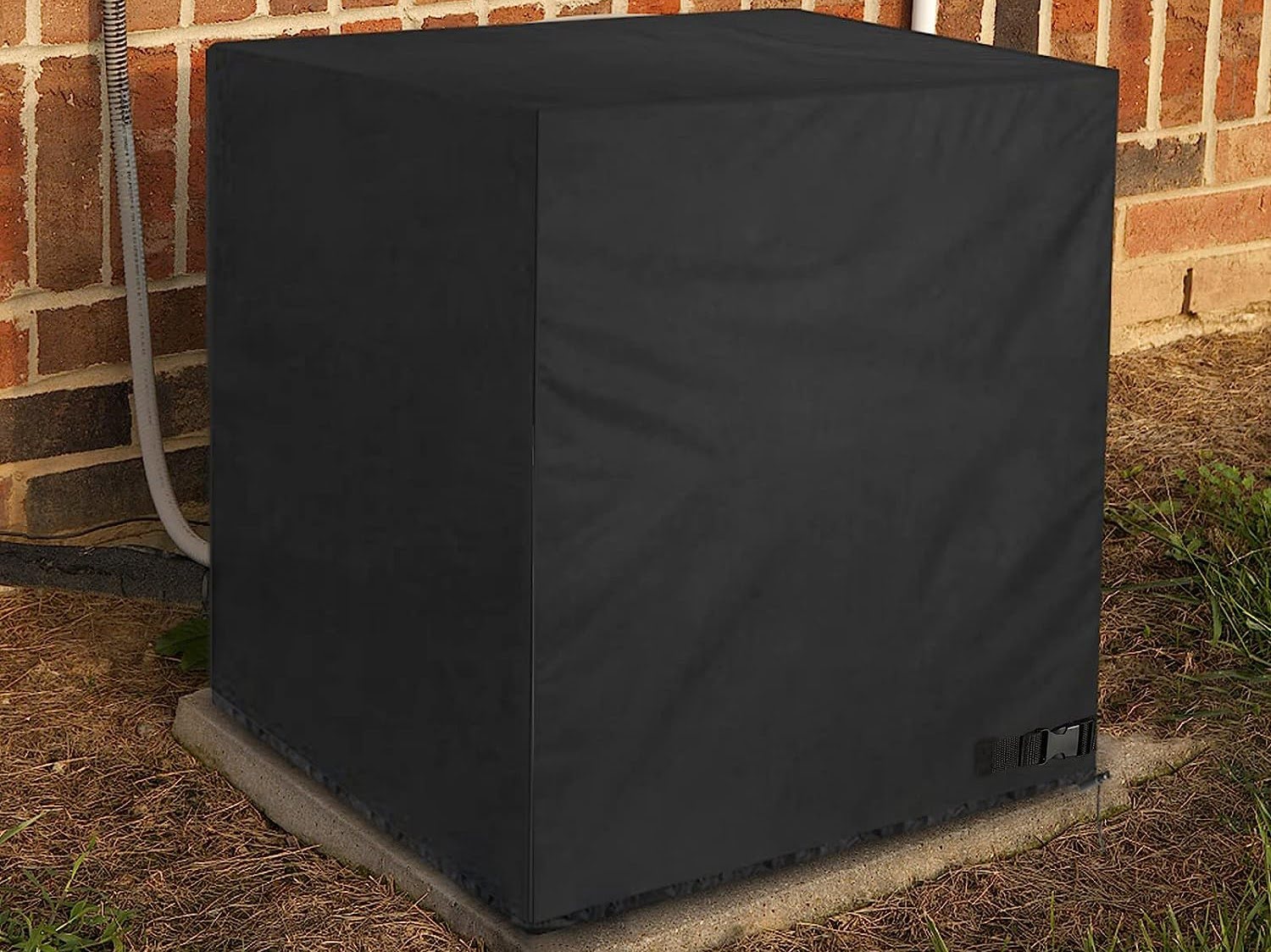
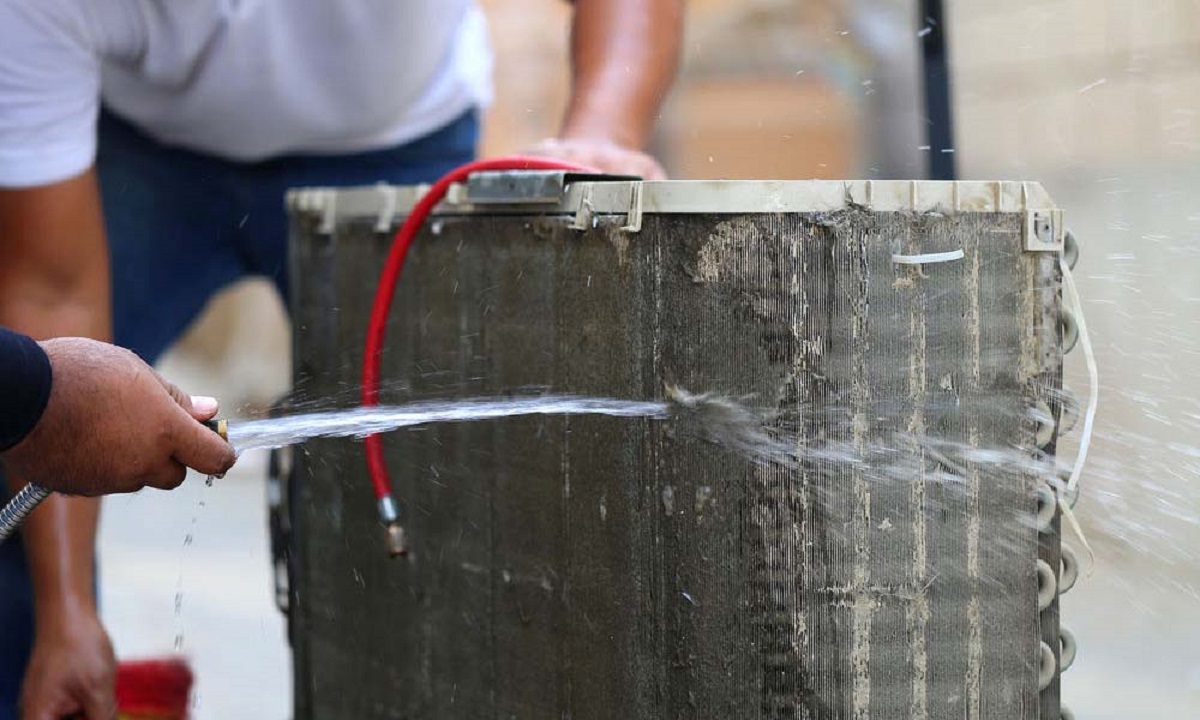
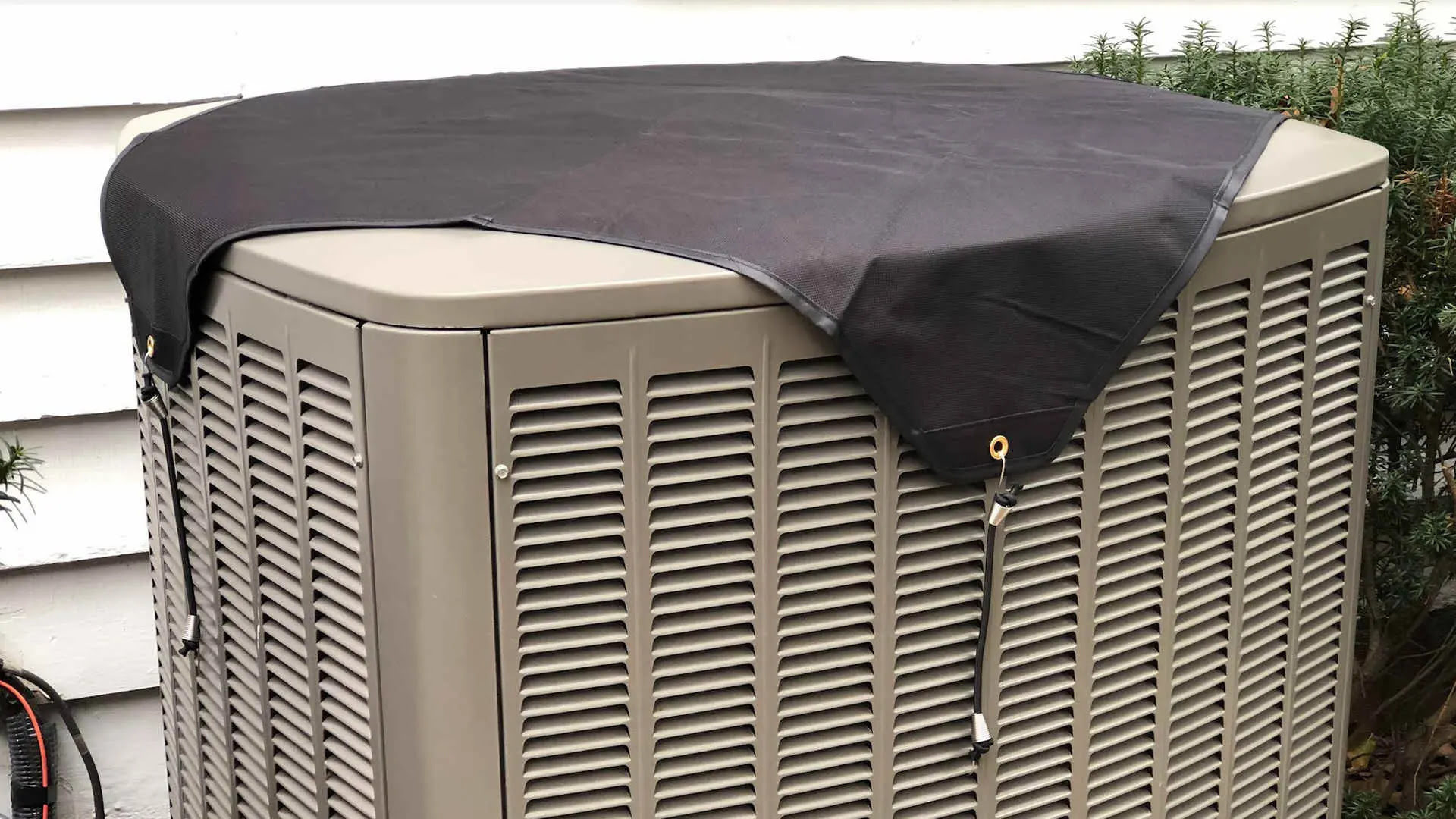
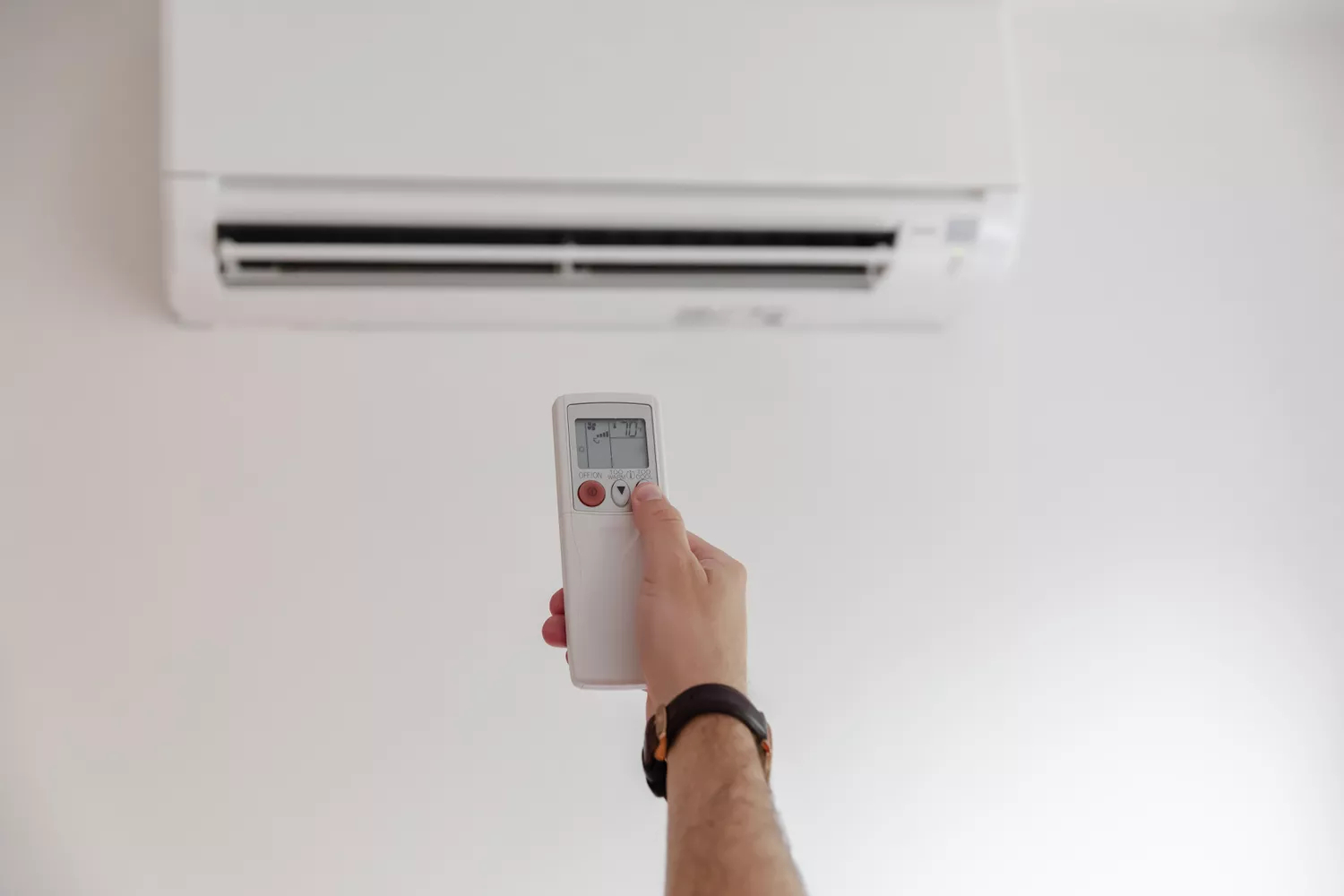
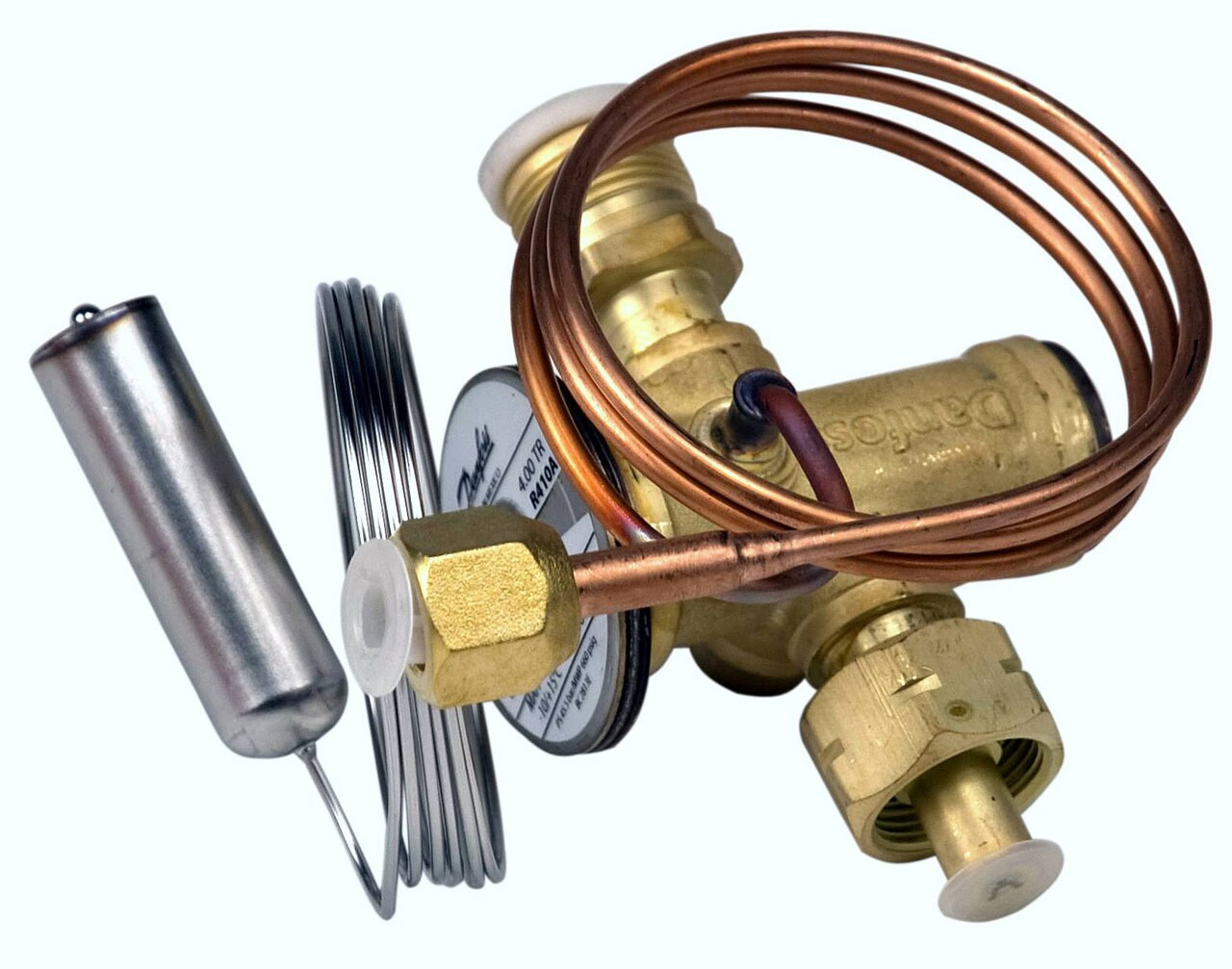
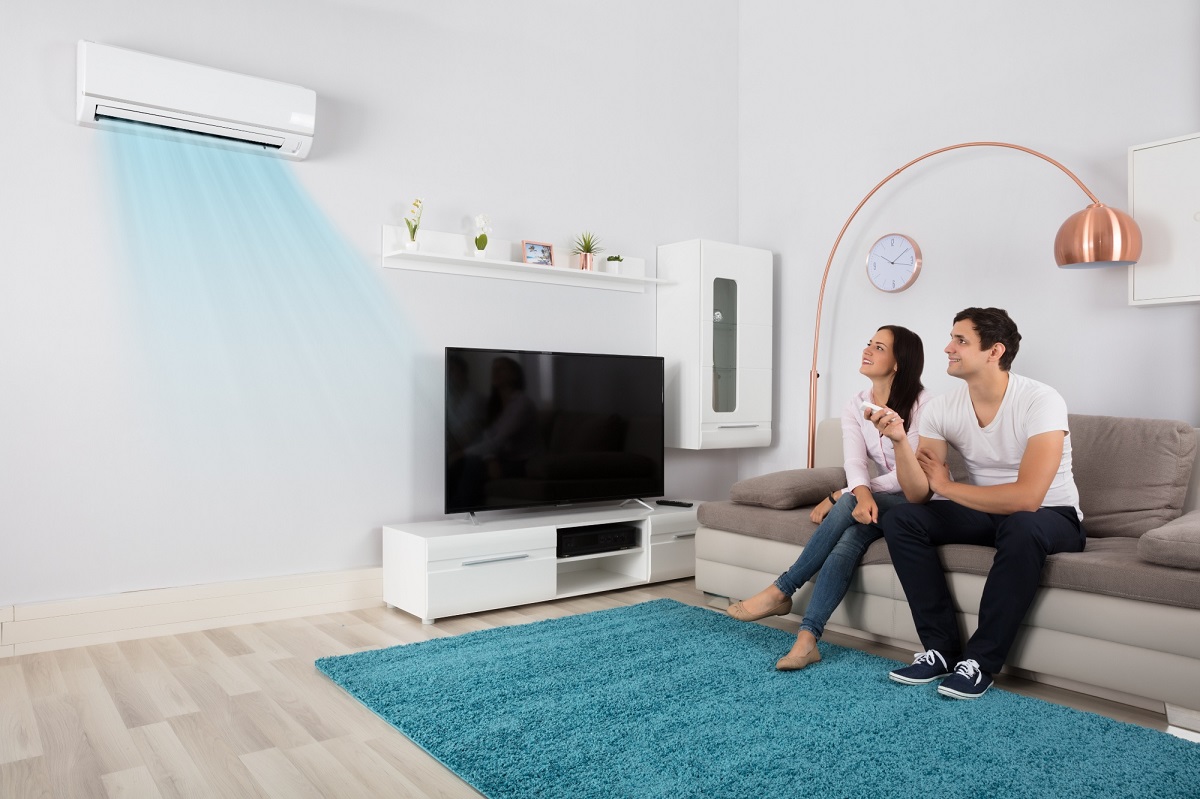
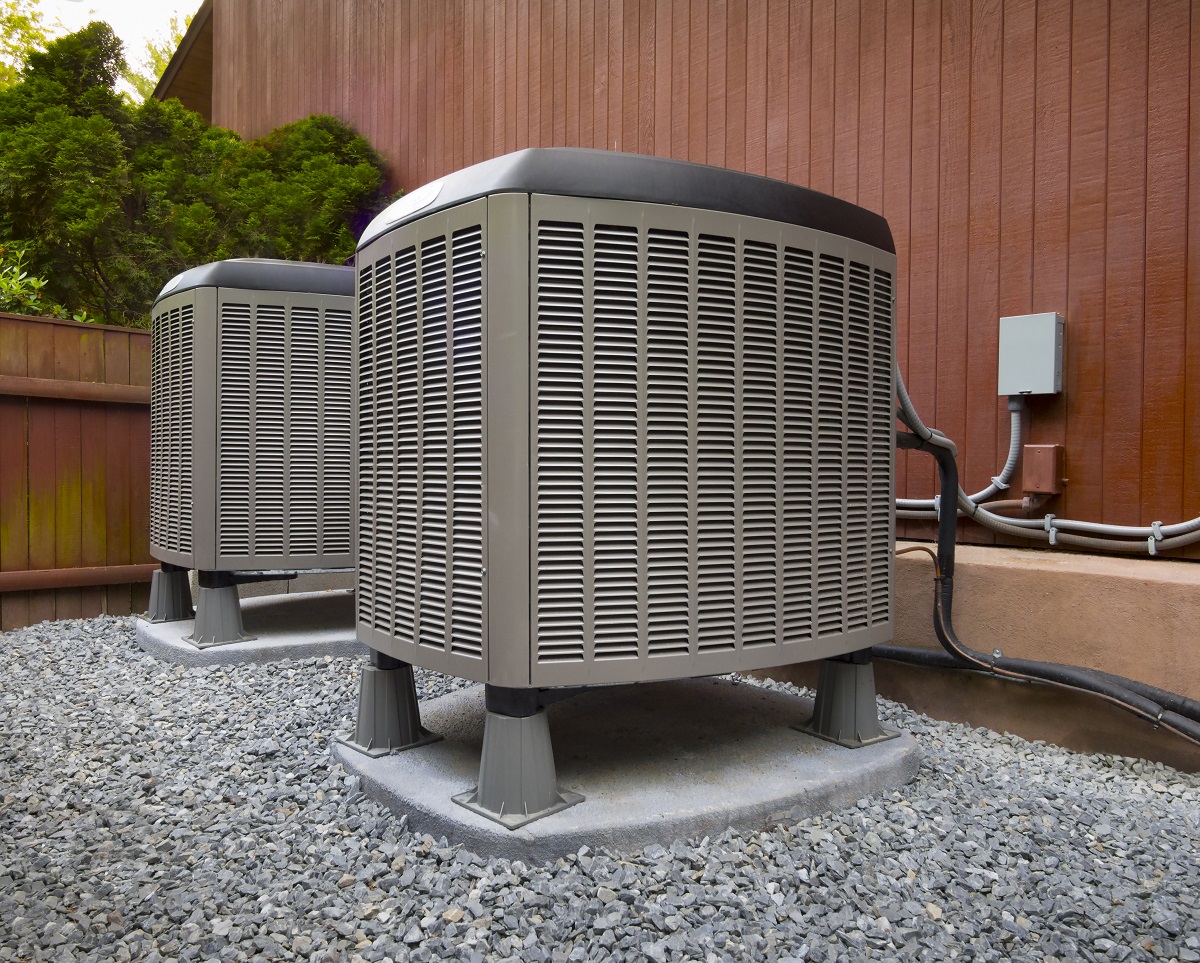

0 thoughts on “What Is The HVAC Unit Outside Called”